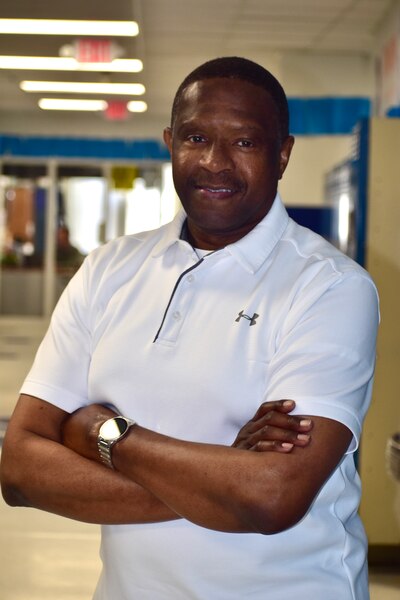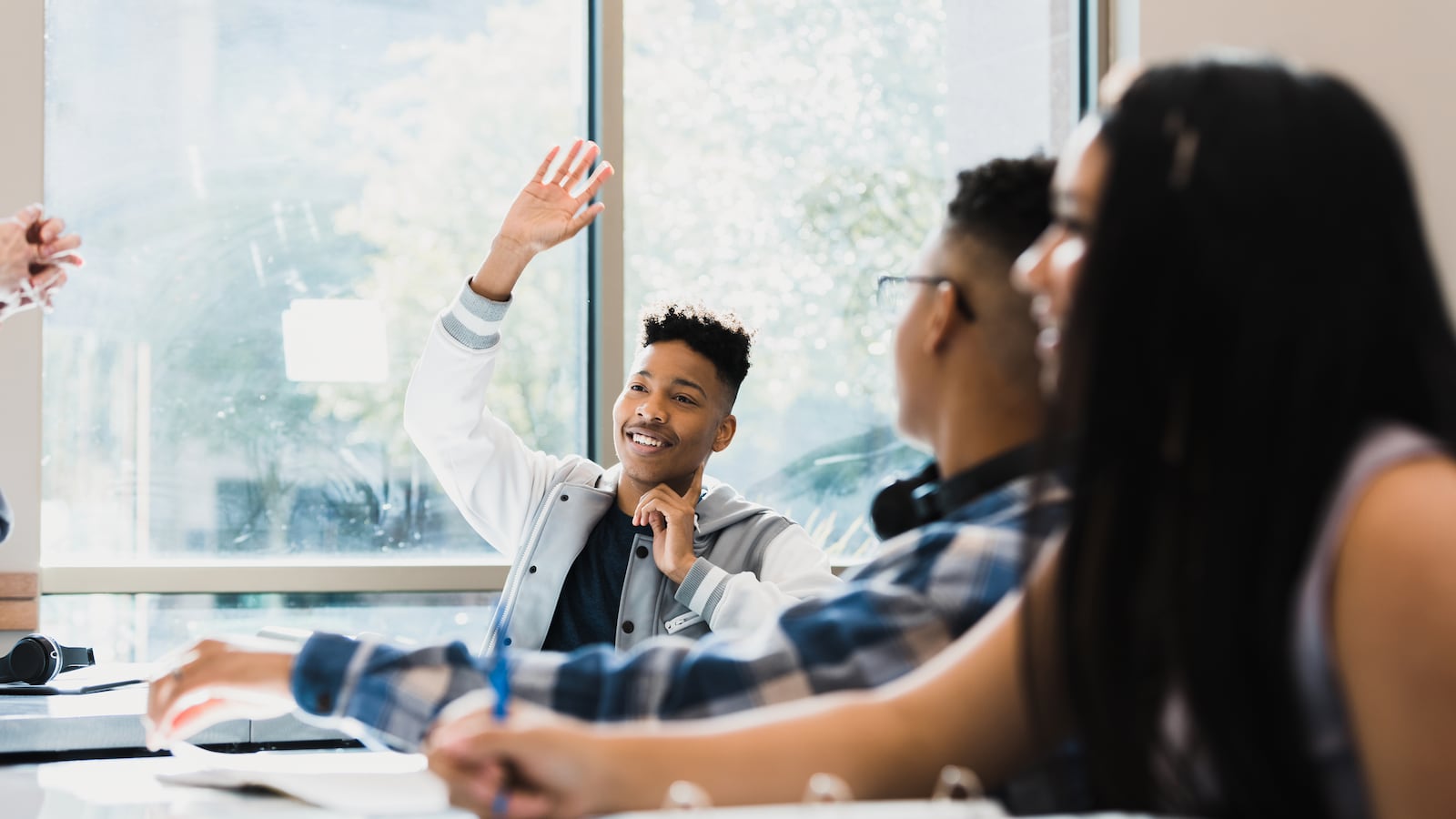We grappled in 2020 with a pandemic and the senseless murders of several unarmed Black men that led to social unrest in our country. The murder of Ahmaud Arbery, shot to death while jogging, hit especially close to home for me. Watching the footage of those men stalking and killing him in cold blood recalled some of the worst moments of racism in our nation’s history.
In U.S. schools, we faced the palpable social, emotional, and economic impacts of COVID, and we were moved to reckon with the ways that racism pervades every aspect of American life — including education.

It was in this context that I was asked to step into the (then virtual) classroom as an African American studies teacher at Freire Schools. I was 55 at the time and had spent many years as a basketball coach and a member of the Academic Supports team at Freire High, and decades as an associate minister at a church in West Philadelphia. Having never been a classroom teacher, I would need to begin the teacher certification process and prepare to teach a very timely course during a tumultuous time.
It was daunting — and thrilling. Many arrows pointed to saying no, but two bigger arrows pointed to yes: my faith and the needs of our students. Now, more than ever, the world needs teachers who are brave and unafraid to tackle difficult content, such as racism and antiracism.
One of our school’s academic values, as espoused by our namesake, Brazilian educator Paulo Freire, is to “make it possible for the students to become themselves.” The difficulty of students, especially Black students, “becoming themselves” in our culture cannot be overstated. Barriers in education, the economy, and elsewhere often send a message that they aren’t valued, that who they are isn’t beautiful, and that their gifts don’t have a special place in the world.
In front of me lay an immense opportunity to create a space where students’ voices were heard, where they could have a say in how they learn, and where they could practice being active, civically engaged citizens empowered to transform their communities.
As I was joining the teaching staff, the charter network was devoting significant time and resources to developing its staff to be antiracist educators. As one of 40 Freire educators to take part in a year-long training called Equity-Driven Leadership, I realized that I needed to wrestle with my ideas, perceptions, and personal experiences and consider how that impacted my teaching. Because I couldn’t help my students become themselves until I became myself as a teacher.
I did not choose teaching; teaching chose me.
Throughout the training, we discussed racism and bias in ourselves and our schools and how we could implement antiracist action in every aspect of our work. I discovered, for example, that I wasn’t always good at moving with empathy and connecting the dots between students’ in-school behavior and the adverse conditions many of them face outside of school. In my frustration with students who were disrupting the class with lots of questions, needed significant support, or were, perhaps, too quiet or disengaged, I didn’t take the necessary time to pause and ask, “Why?”
The answers were often that students were wrestling with grief after losing loved ones to violence, recovering from a night of work to support their family, or facing a number of other potentially traumatic circumstances. Through training and reflection, I realized that I need to meet students where they are.
I adjusted my class curriculum and culture, and the student feedback drove home why teaching is a sacred and rewarding calling. I root my classroom in this antiracist context by keeping the intended outcome at the center of my lesson planning. The goal of each of my lessons is to ensure there is total inclusion, representation, expression, and civic engagement.
In my classroom, I’m able to show students how white supremacy has obscured their views of self and identity and their academic potential. For example, in one of my classes, I asked my students to create identity markers — how they describe themselves (e.g., religion, ethnicity, gender, sexuality) and was surprised to see them struggle.
One student noted that they could not identify their culture because they had been oppressed for so long. The history and legacy of slavery have created a situation where many students don’t know their history. Another student expressed that she was scared to share with her peers that she was biracial. I could see how stereotypes were keeping students from being their true, authentic selves. It is my job to give them the tools and knowledge to dismantle these negative beliefs and step into their full potential.
Influencing and supporting students in this way was not always in my plan. Stepping into the classroom at age 55, I was apprehensive that I did not have the instructional experience. I’ve since been amazed by the ways my life has developed and transformed.
I did not choose teaching; teaching chose me. It chose me at a time when educators are on the front lines of change when it comes to youth mental health, racial healing, and other key issues. Yes, this job is challenging, and my road here hasn’t been easy. But teaching allows me to empower our students with an understanding of their history, their excellence, and their power to build the future.
That makes it all worth it.
John Brown, 12th Grade African American Studies teacher, at Freire Charter High School in Philadelphia.



